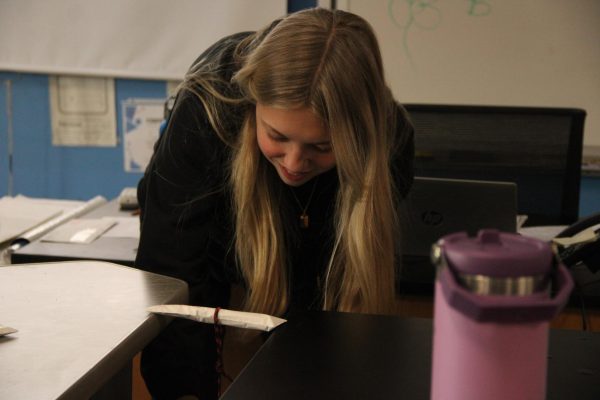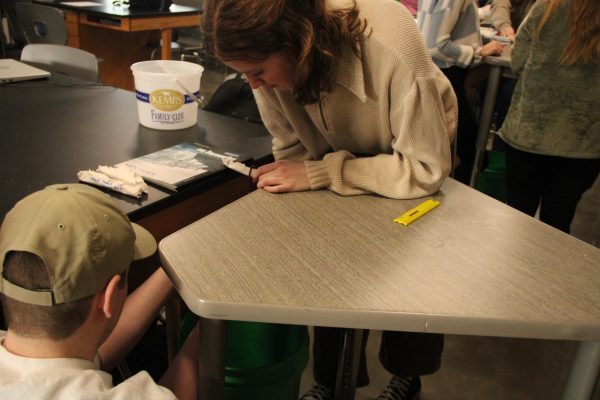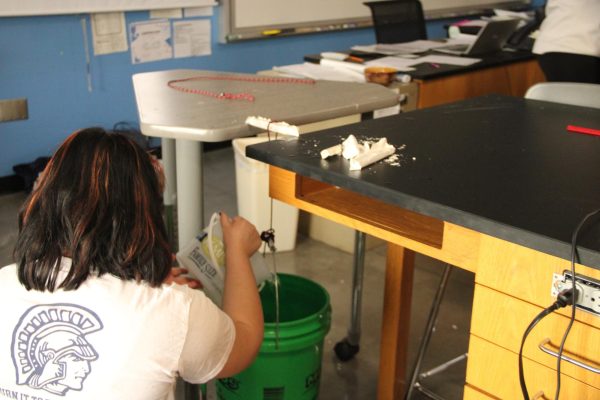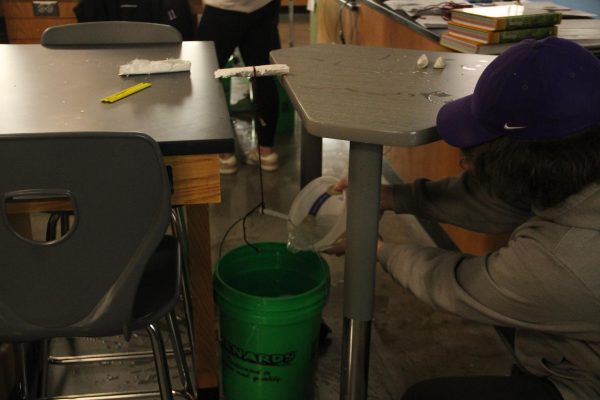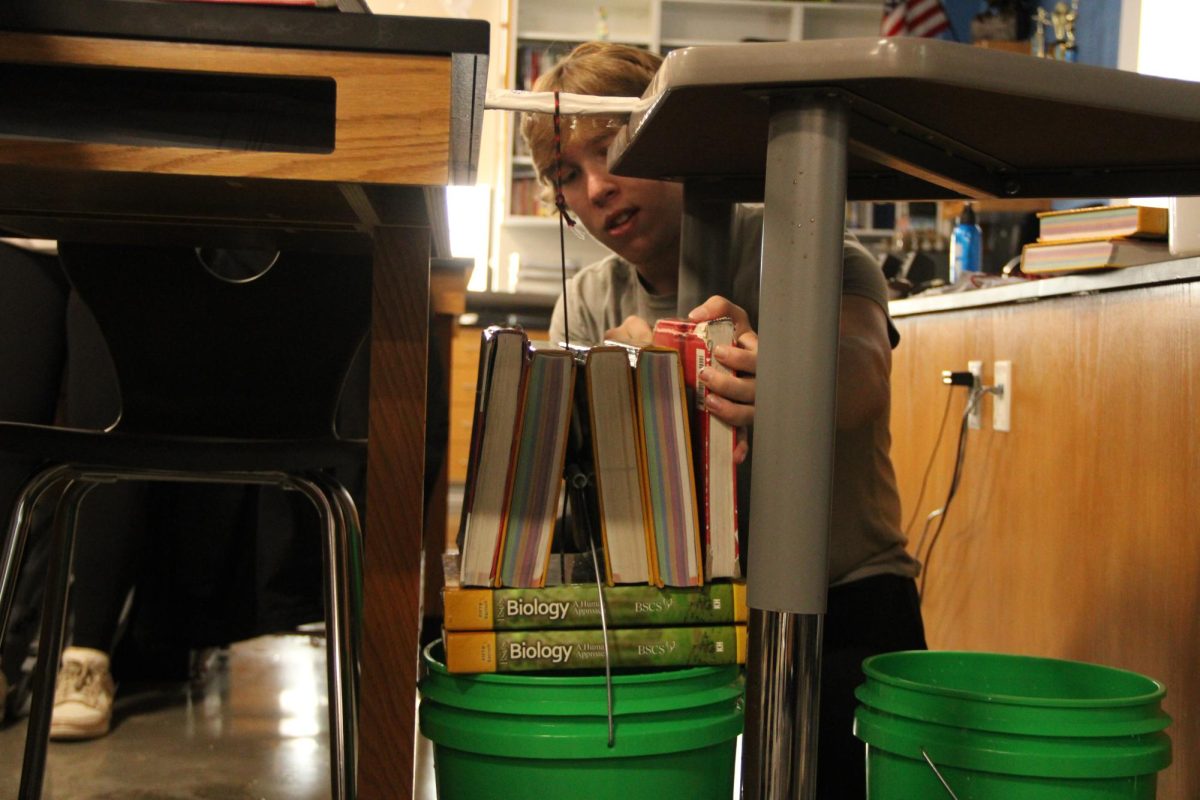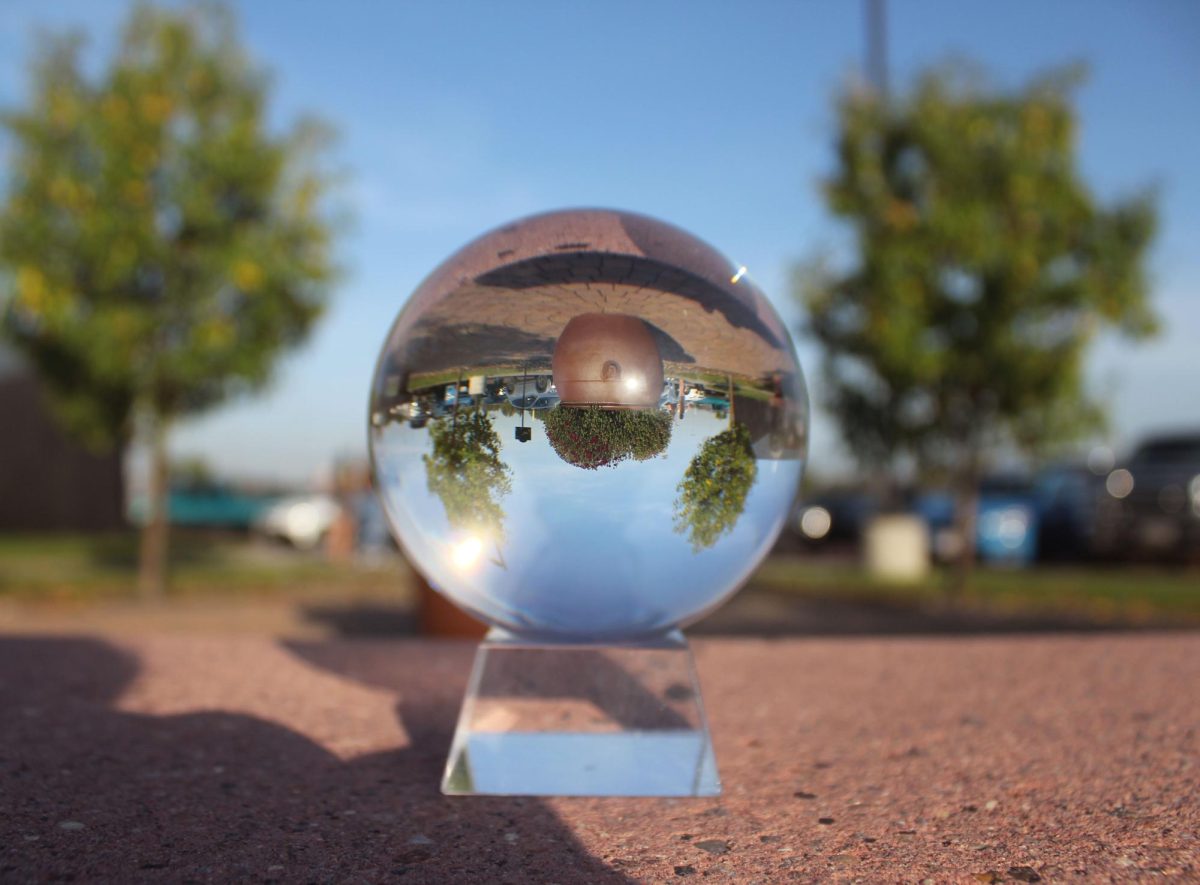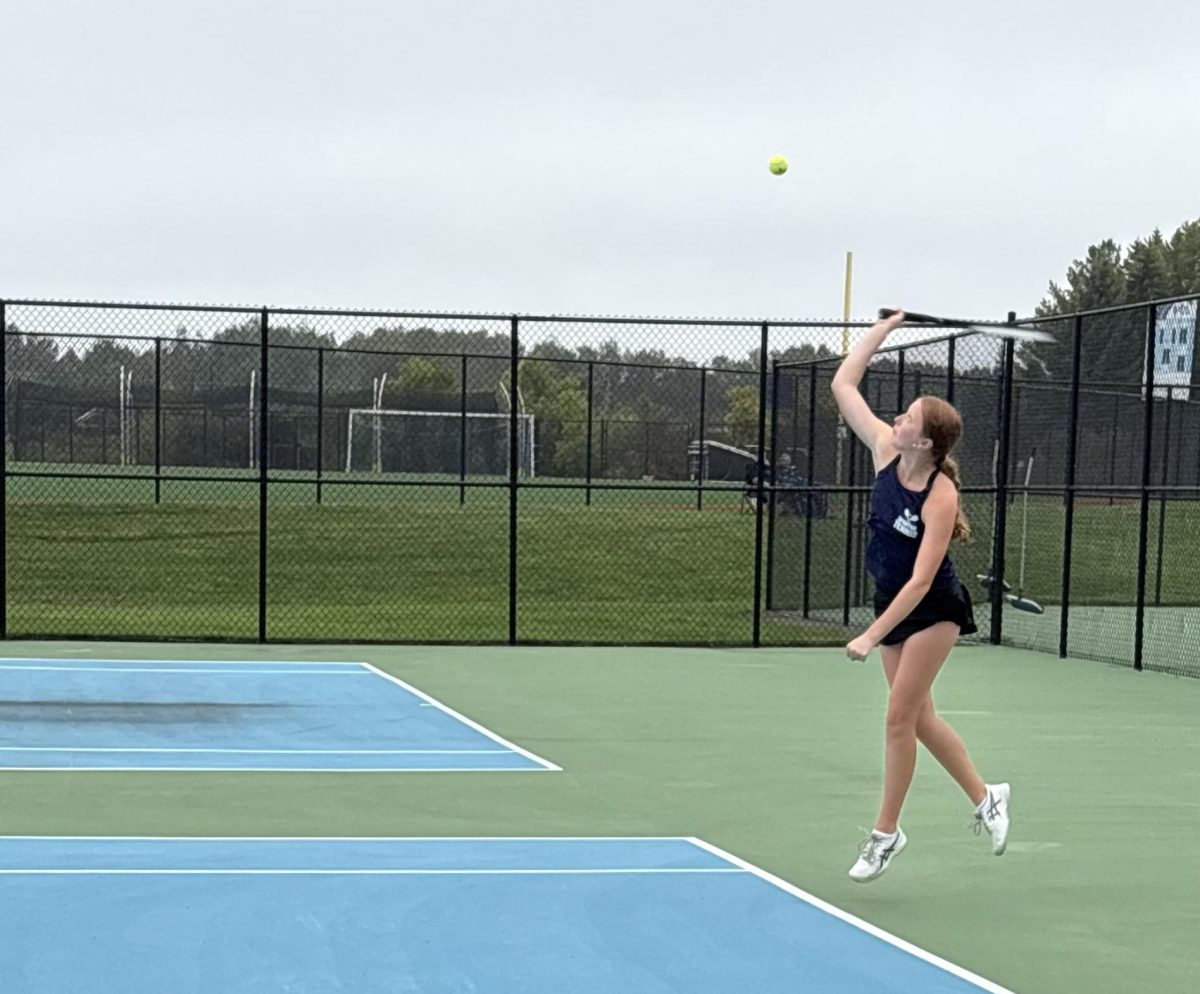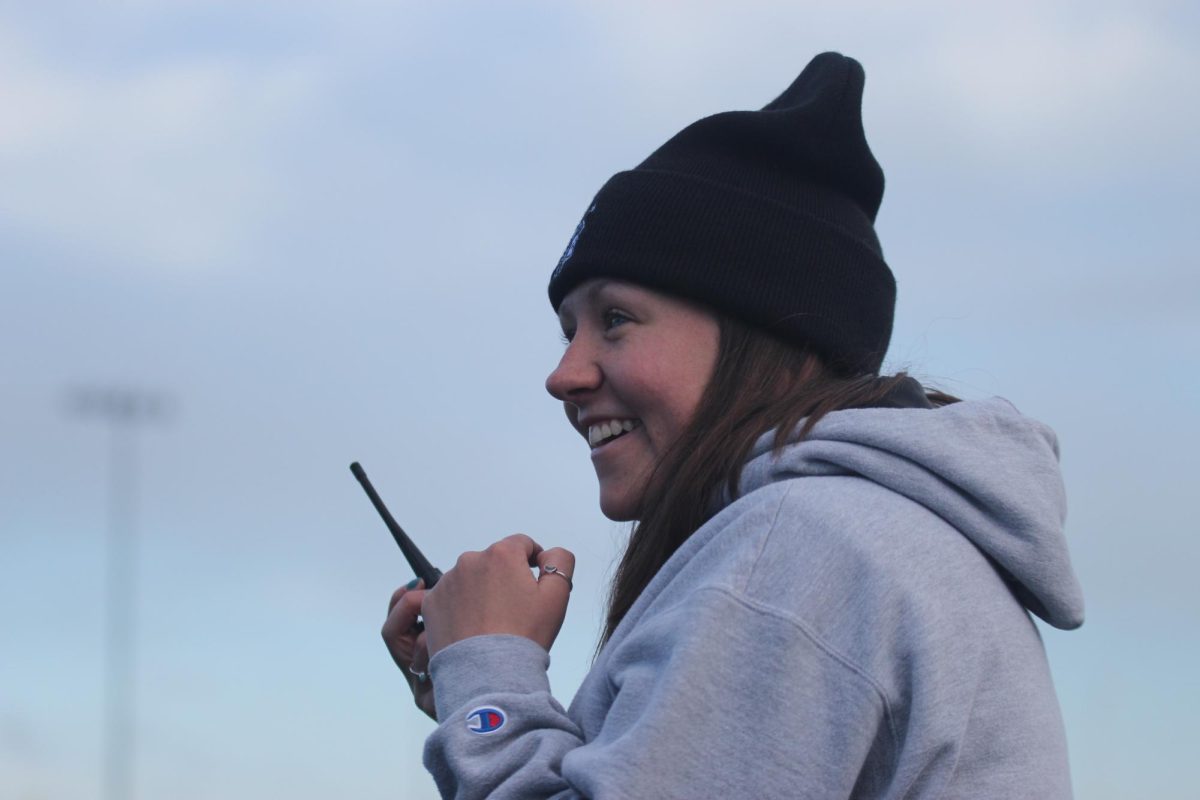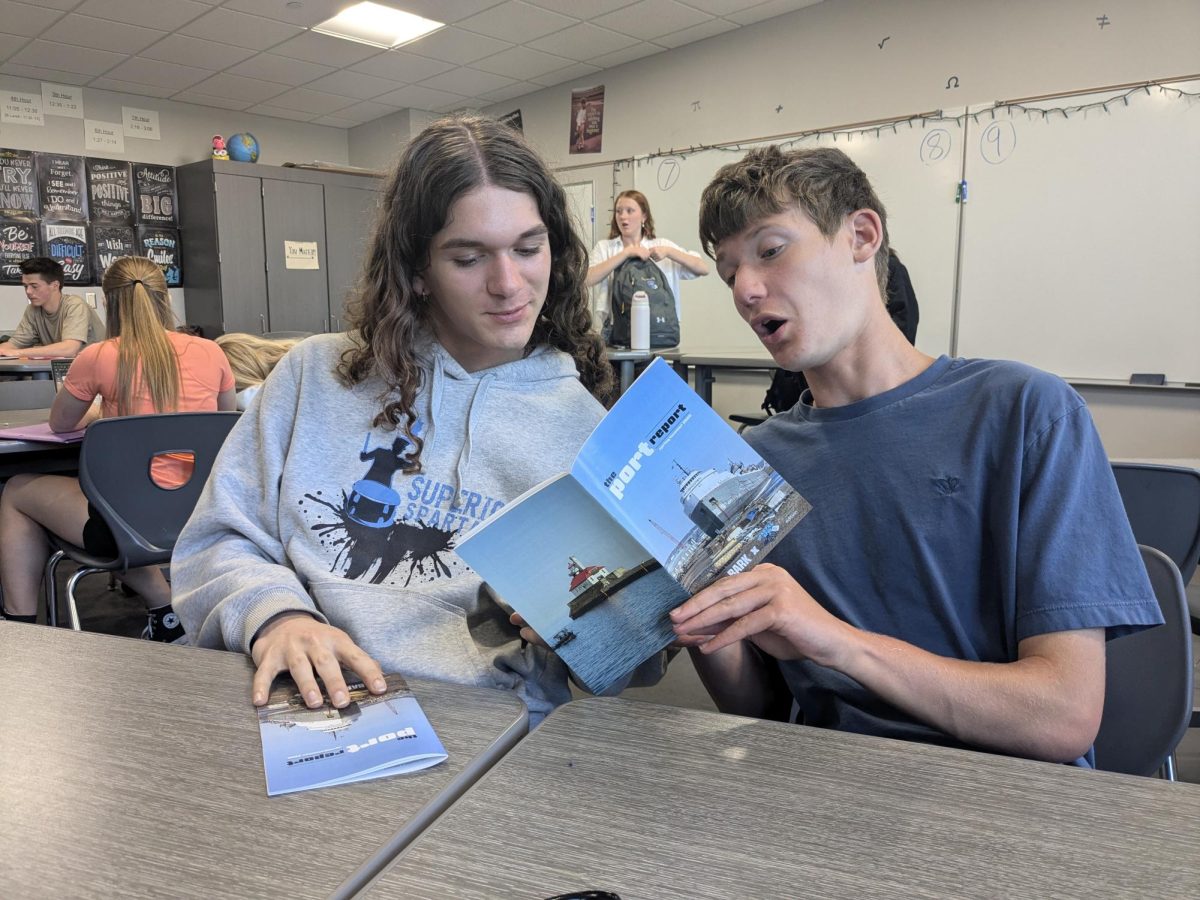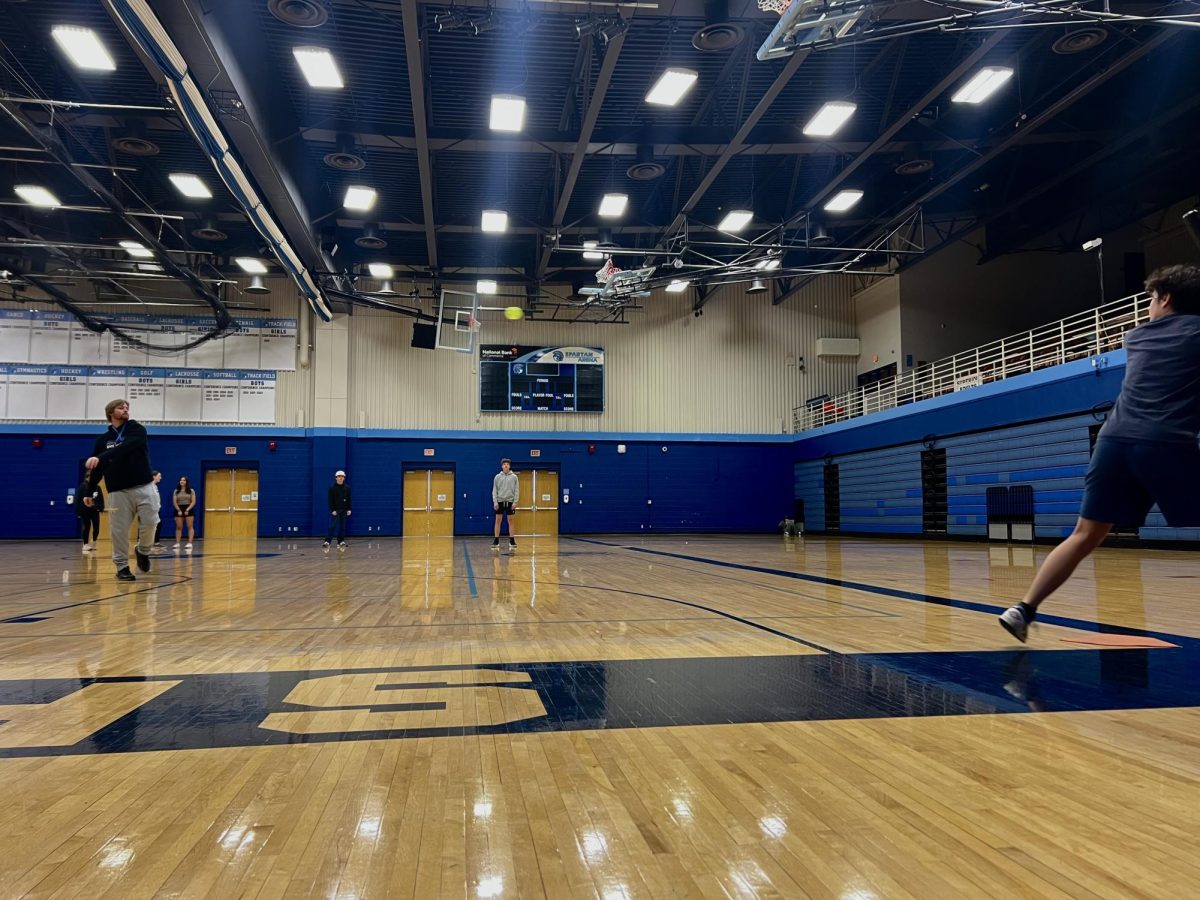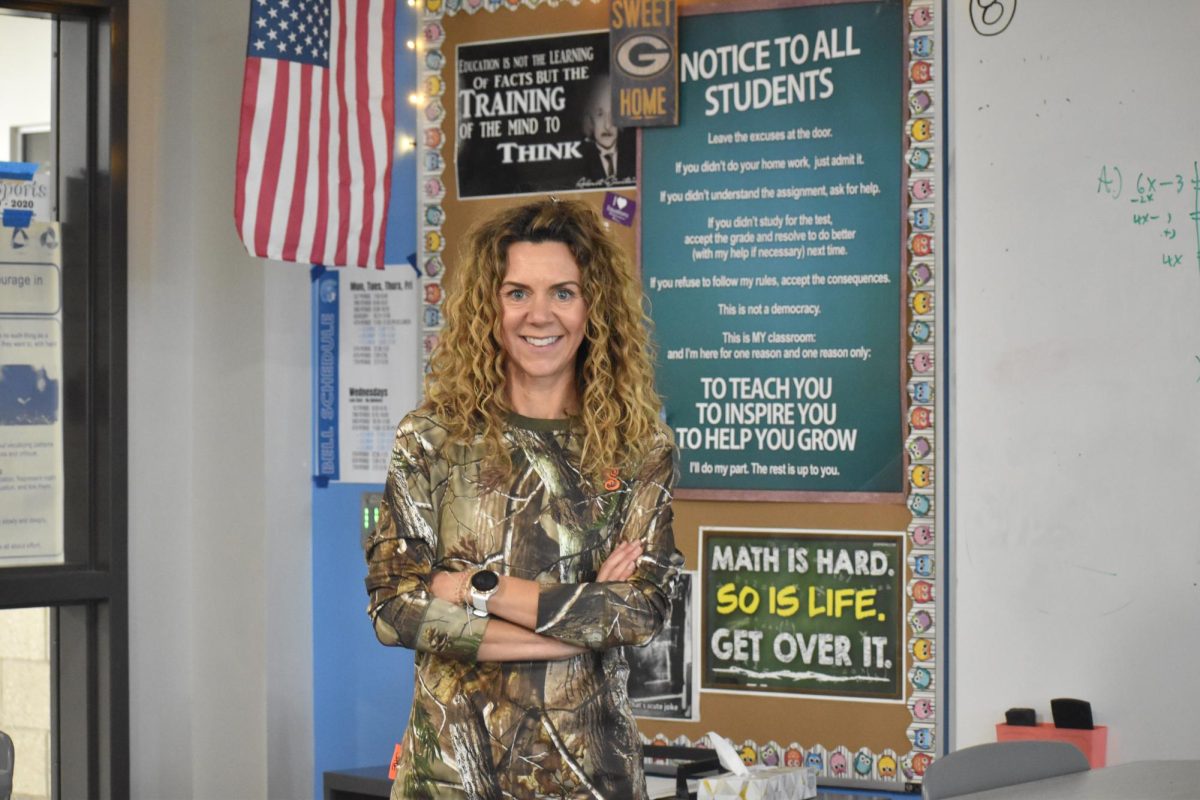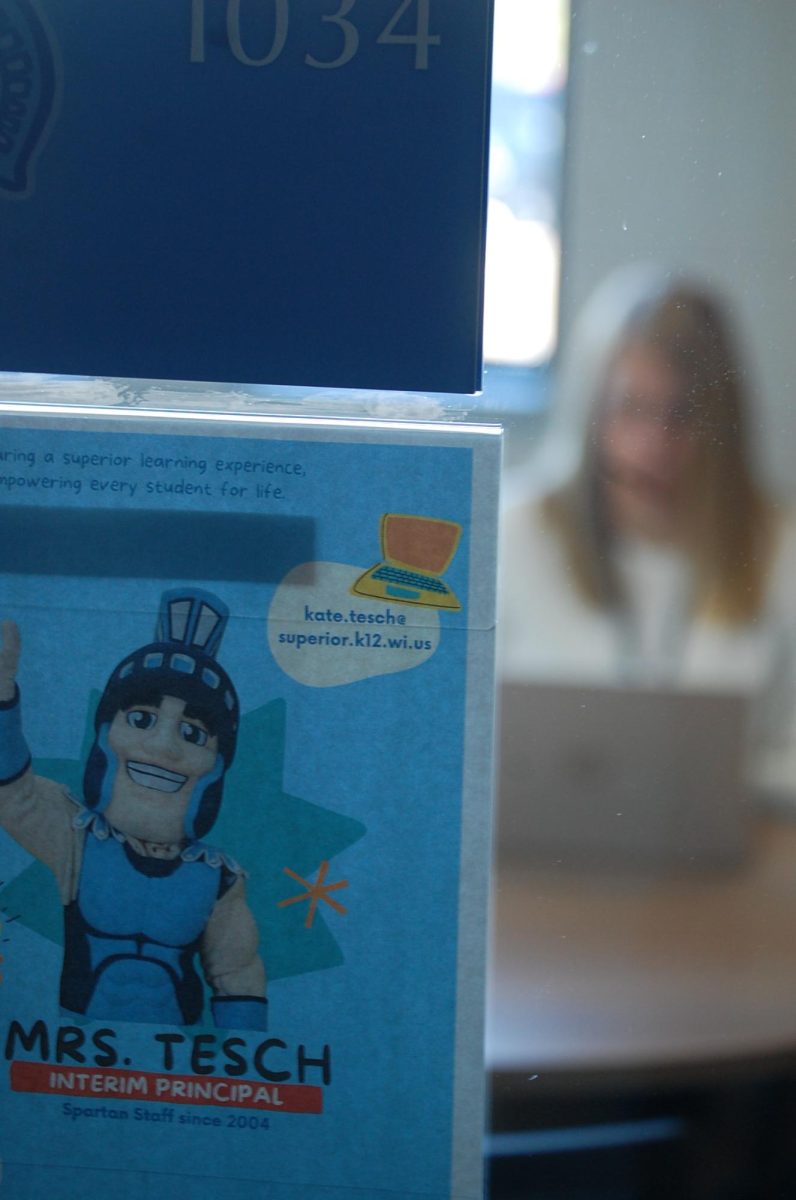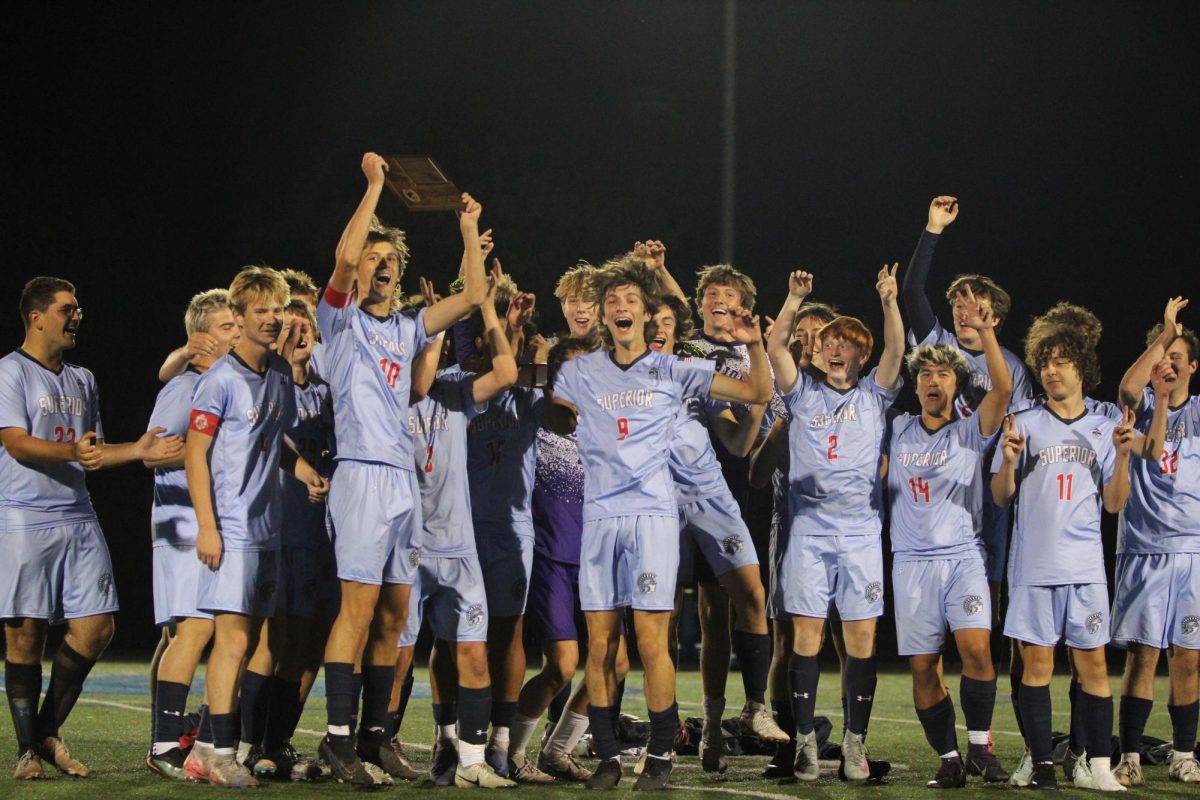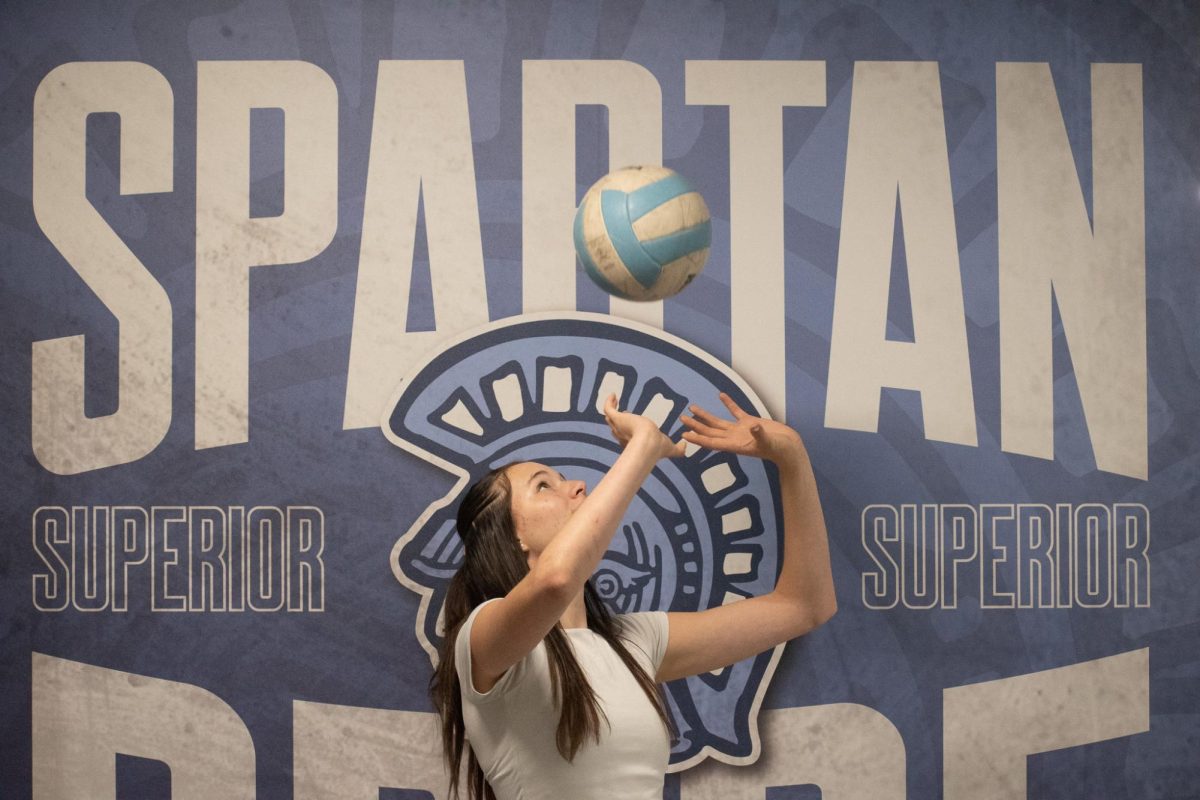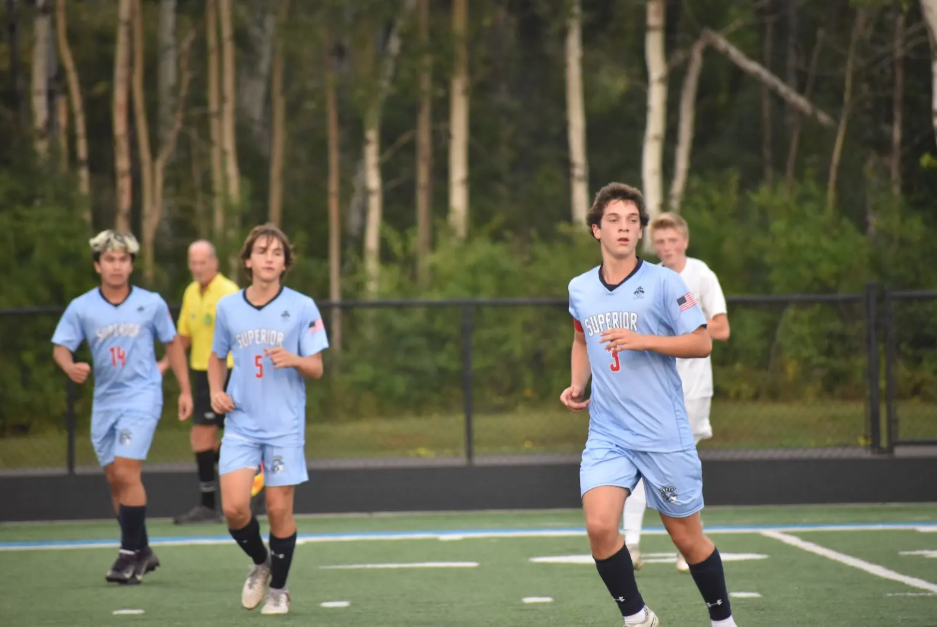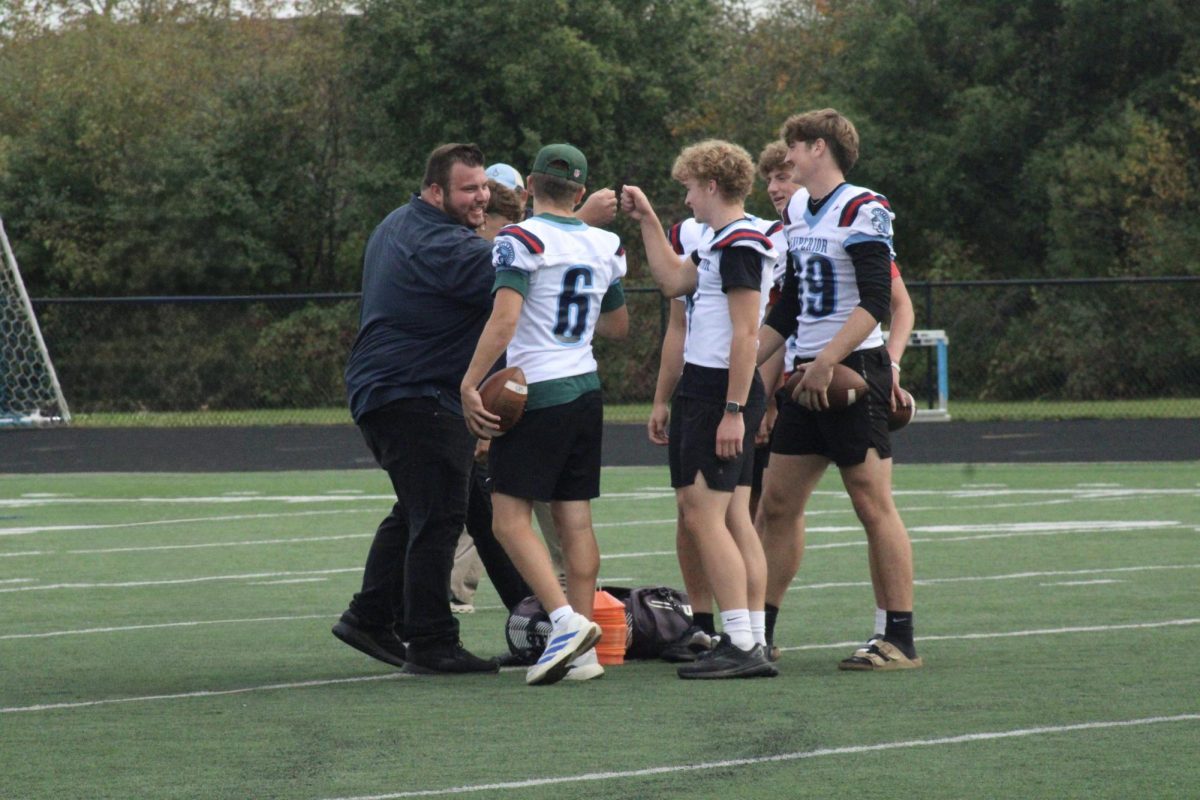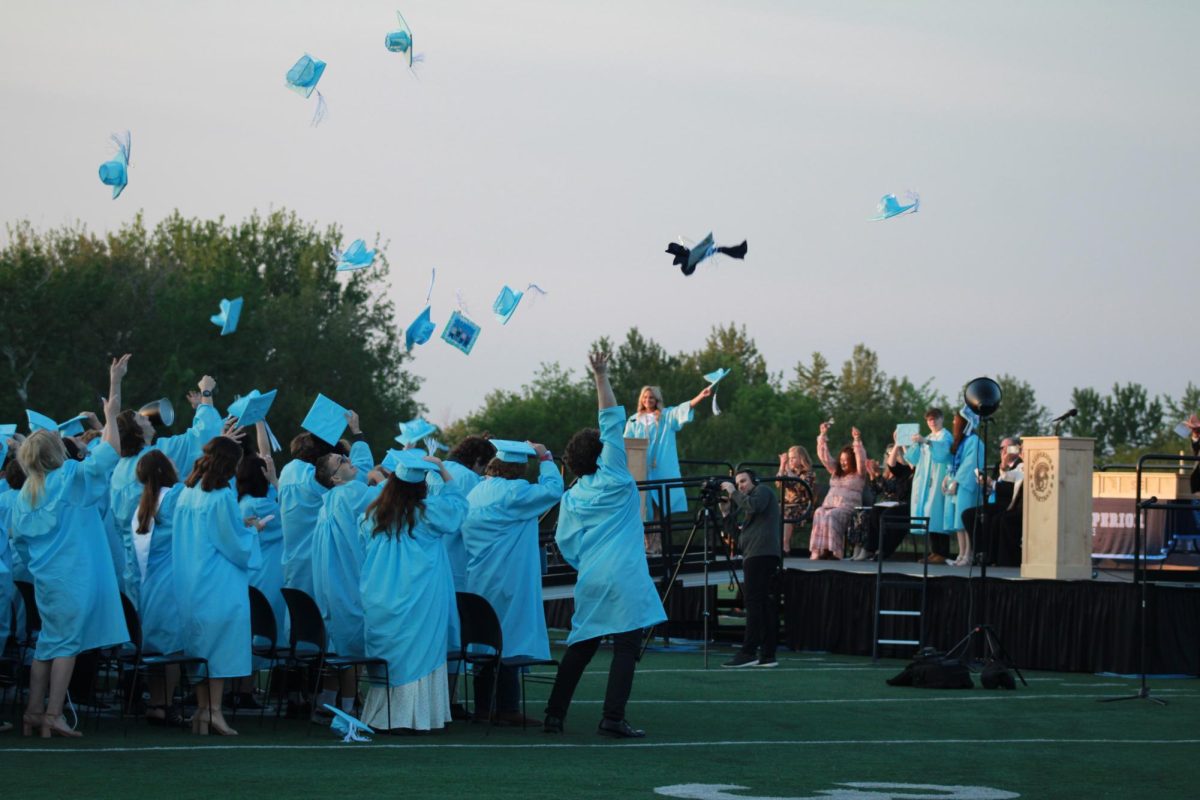Science teacher Lee Sims second and sixth hour Human Anatomy and Physiology classes had the chance to create and break bones while in their skeletal system unit on Feb. 6,2025. Students studied the various parts of the human skeletal system and were provided with the task of creating bones and then testing to see exactly how much weight it would take to break the bones.
Students learned that the skeletal system provides structural support for human bodies. It allows for movement by providing attachment points for muscles as well as protecting various organs and storing minerals in a human bone such as calcium and phosphorus.
Sims asked his students to make three separate handmade bones each consisting of different materials. All faux bones included plaster and water, however two of the bones also included fiberglass either shredded or in strips. They made the bones a week before the lab and let them sit to harden until it was time to break them.
“It’s one thing to just learn about the physiology of different body systems but to experience how structures are important for the function of different organs helps build a deeper understanding and it’s more fun,” Sims said.
The plaster in the bones represented calcium, the water represented water, and the fiberglass represented collagen protein presented in the regular human bone.
“It taught us about how bone collagen organization affects the bones’ strength to hold heavy weight,” said junior Matthew Youngberg.
The winning bone, created by Youngberg and juniors Owen Miller and Gerald Nichols, held a large bucket of water and seven books. Their strongest bone included plaster, water, and shredded fiberglass. In total, it took 74 pounds for their bone to break.
